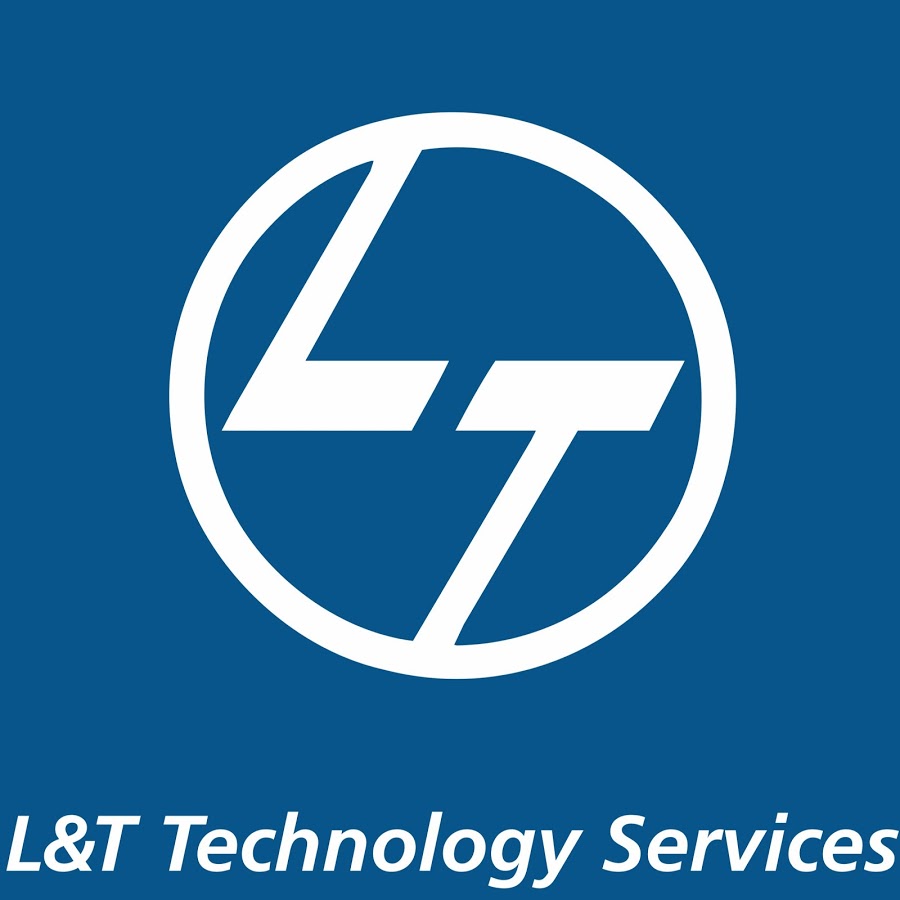It’s been more than a decade since we started talking about the truly paperless factory but it hasn’t quite taken off yet. While improved connectivity is revolutionizing how information is shared across a manufacturing enterprise, paper still seems to play an important role, especially on the shop floor. As time-consuming, labor-intensive and error-prone as paper-based systems may be, many companies have shied away from its paperless equivalent often because of an unclear roadmap. There’s little to worry, however, as establishing a paperless production floor is really quite simple to implement across industries.
A logical way forward for organizations trying to implement paperless processes would be to:
- Reduce paper-based storage and document control procedures
- Integrate with an environmental strategy
- Partner with a compliance technology provider
- Implement paperless manufacturing software for real-time reporting
By becoming a truly paperless factory, manufacturers can:
Improve Visibility and Accessibility With a paperless shop floor system, all production data is maintained in a single virtual location, providing maximum visibility into shop-floor activities. While the information can be shared across departments, the system can also be configured easily to enhance accessibility.
Automate Compliance Adherence Beyond paper and printing-related cost savings, paperless factories increase the overall compliance rate of the site. Unlike paper-based systems, a paperless floor helps manufacturers take training directly to the factory floor where it’s needed the most. This, in turn, provides greater accuracy in reporting, enabling organizations to remain compliant.
Facilitate Real-Time Data Collection With a smart shop floor data collection system, manufacturers will receive real-time data about operations with up-to-the-minute dispatch lists to prioritize the most important tasks. In any paperless manufacturing environment, the push of a button on a scheduling software will fetch a realistic line-up of work at each center, with the software performing real-time analysis and sending alerts on problems as they occur.
To succeed in today’s digital age, enterprises need lean, integrated, and most of all, sustainable processes to support their businesses. In a specific project, the benefits of adopting paperless approaches far exceeded expectations. While content management efforts reduced by half, efficiency in tracing and reusing parts increased by 54% and 94%, respectively.
The concept of a paperless factory is likely to draw the attention of many more manufacturers in due course. After all, an A4 sheet might be convenient but your data won’t be exact or real time.
To succeed in today’s digital age, enterprises need lean, integrated, and most of all, sustainable processes to support their businesses. In a specific project, the benefits of adopting paperless approaches far exceeded expectations. While content management efforts reduced by half, efficiency in tracing and reusing parts increased by 54% and 94%, respectively.
The concept of a paperless factory is likely to draw the attention of many more manufacturers in due course. After all, an A4 sheet might be convenient but your data won’t be exact or real time.




